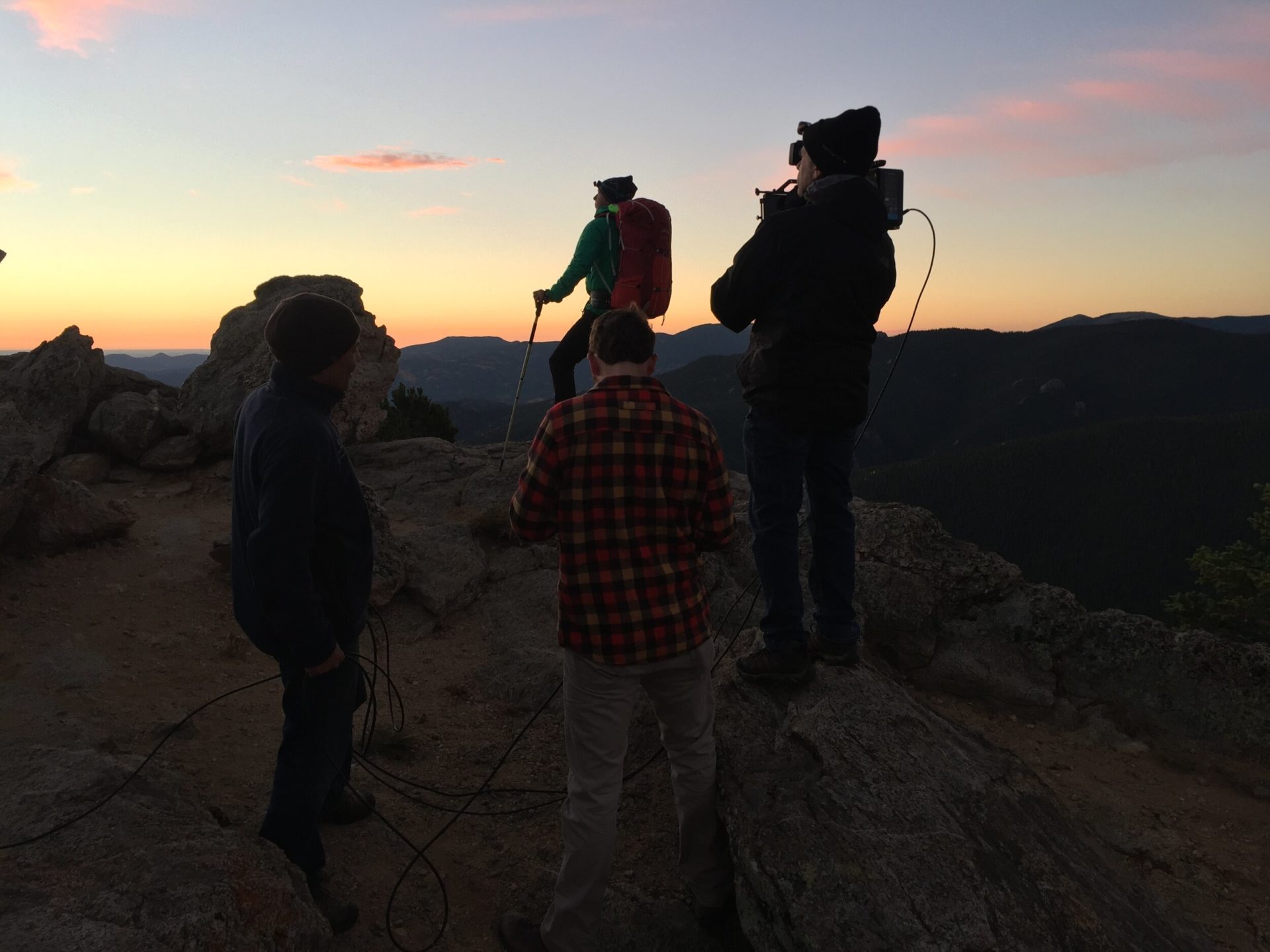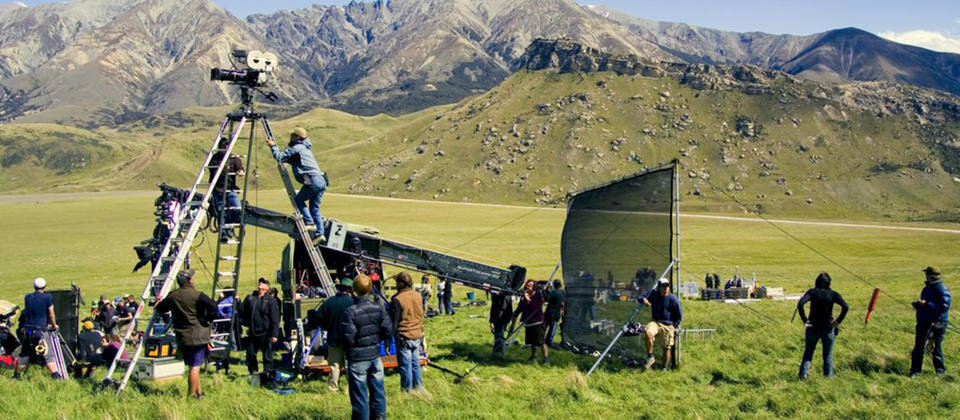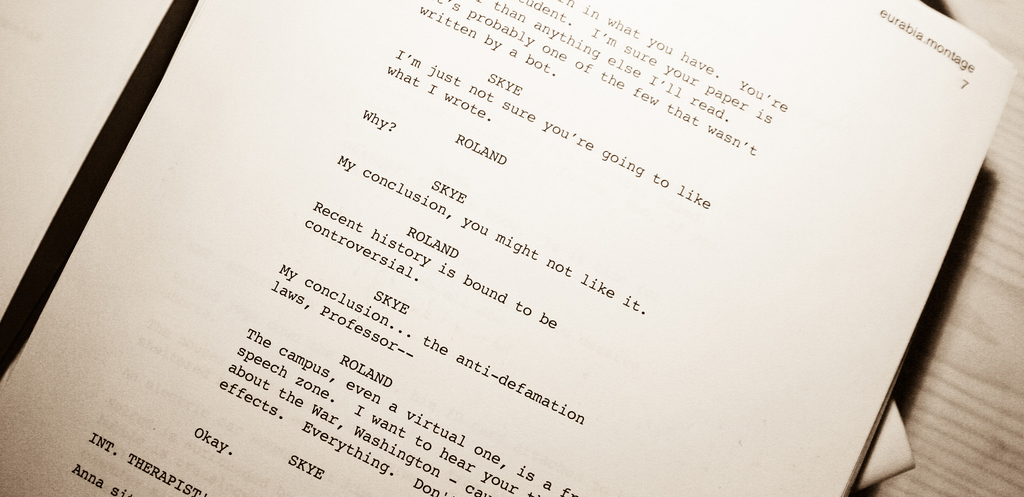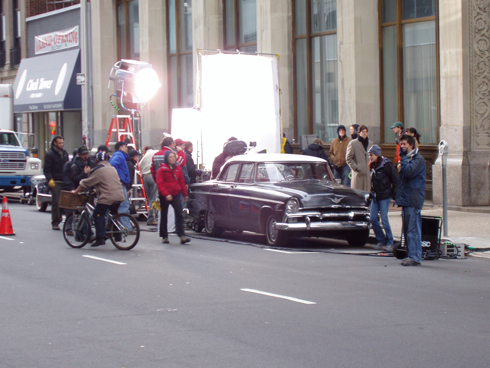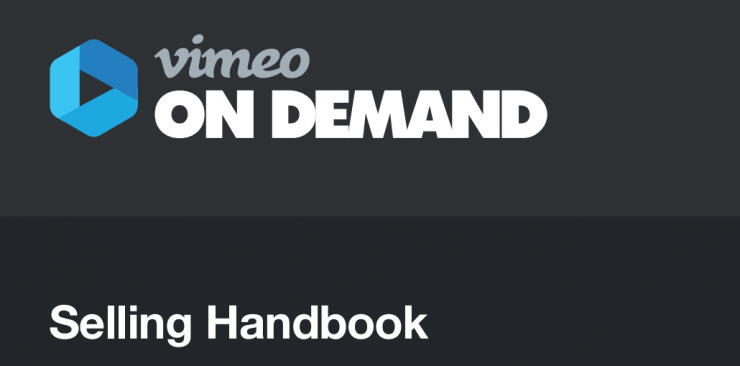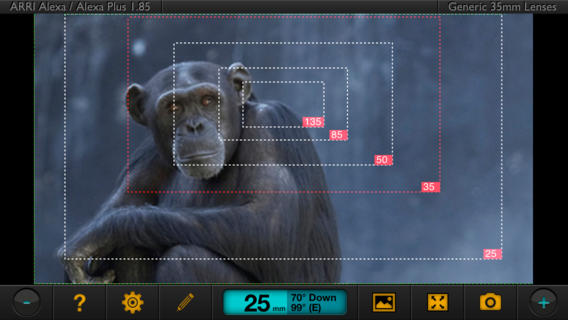Selecting the right location is the first step on the road to a successful shoot.
We’ve all had that unforgettably disastrous shoot, where the SD card filled up or the battery died at exactly the wrong moment, and we vowed never to let it happen again. But there’s one kind of readiness you might not have thought of, and it’s as essential as spare SD cards and batteries. We’re talking about scouting locations, a vital pre-production step that will help you meet almost any challenge when you shoot video in the field. Here are several tips that will help you as you scope out potential video shooting locations.
1. Know your script. Choose a site that matches the setting of your story. This is the first rule of location scouting. As you set out to evaluate locations, you’ll likely face countless possibilities: natural areas, historic sites, distinctive buildings, urban landscapes and waterfront settings, to name a few. Remember, above all, that you have a story to tell. Choose a location that lends itself to the story you want to produce. You should never be bound by your locations. Locations are simply raw materials. You need to know what the script demands before you can select a suitable location.
2. Scout at the right time. Be aware that locations can change. It’s wise to check your spot on the day of the week and the time of day that you’ll be taping: these factors can produce surprisingly large changes on the suitability of a location.
Automobile traffic and noise, visitors to recreation and entertainment spots, and tourists at scenic or historic areas (to name just a few examples) all come in waves that vary dramatically based on the time of day, the day of the week and the season.
3. Look at light. Churches, ballrooms, restaurants, auditoriums and homes generally feature low amounts of available lighting. Check light levels by shooting a few seconds of test footage with your camcorder.
Solutions for poor lighting might be as simple as scouting out window blinds and curtains that can be opened to add daylight. In some cases you may wish to bring in lights or ask permission to replace the bulbs in accessible light fixtures with brighter-burning units.
4. Follow the sun. Outdoor lighting conditions can be as challenging as those indoors; exterior illumination changes all day long. As you’re scouting locations, pay attention to whether a given spot is in full sun, partial sun or full shade. Bright sun can be harsh on people’s faces, and light-colored surfaces can blow out in full sunlight, causing automatic camcorder lenses to underexpose shots. Partial sun can be tricky, as well; today’s camcorders, though sophisticated, can have trouble handling the high contrast in this situation. Ultimately, you may find that fully shaded locations or overcast days produce the most consistent results.
5. Check for power supplies. Many outdoor locations are far from power sources and even some indoor locations can pose AC challenges, so multiple camera batteries are always a good idea. But you’ll still need to evaluate your power options at any location.
How will you power your lights? What if you do end up draining all your batteries? Is there anywhere to plug in the charger? Is the spot remote enough to make a car-lighter AC adapter a good idea? In a location that does have power, you may be able to plug in, but you’ll still need to think about the system’s pre-existing load and whether or not you can get to the fuse (breaker) box in case something blows.
6. Listen. Clean, high-quality sound is critical in making a video that rises above the ordinary, and it’s silence that ensures you get the location sound that you came for.
The whooshing of traffic, the white noise of moving water, and the echoes of voices and movements can all get in the way of high-quality audio. As you scout a location, check for any of these conditions by listening to your camcorder’s microphone pickup through headphones. Test your wireless mike at the site as well, listening closely for any type of interference.
7. Examine the elements. Sun, rain, wind, snow, heat, cold — all can help or hurt, depending on what you’re hoping to capture on film. So, it’s critical to check the forecast as you’re scouting.
Video cameras don’t like rain, salty beach air or moisture from waterfalls. Smeared lenses and water or salt inside the card reader can spell disaster. Bright, hot locations with lots of sunlight can also be a problem: black and gray camcorder bodies absorb the sun’s rays and can cause overheating when left exposed. A beach or patio umbrella can help protect your gear from the elements in both sun and rain.
Cold temperatures can drain batteries and make you and your helpers uncomfortable very quickly. Plan to keep equipment warm by storing it inside a coat or car until you’re ready to shoot, and by wrapping it in a spare scarf or jacket while taping. And watch out when bringing cameras back into warm interiors from the frigid outdoors: this can cause significant amounts of moisture to condense inside both optics and electronics.
8. Decide where to set up. Make sure that there’s adequate space for you to set up all of your gear, so that you’re able to get the shots you have in mind. A small shed may seem like the perfect location for a shoot, until you realize that there isn’t enough room to position your gear. You may have plenty of room in a large space like a church or an auditorium, but you may not be able to roam freely. As you scout your locations, verify that you can physically get to the spots you intend to shoot from.
9. Get permission. Be aware that you’ll need to secure permits and other legal permissions to shoot at certain locations. As you’re looking at a location, do a legal reality check.
Have you chosen a street or sidewalk location that will impede traffic? Do you plan to shoot on someone else’s property? Cemeteries, malls, grocery stores, corporations and businesses are all private property. Many owners will be happy to accommodate you if you ask, but if not, you’ll need to choose another location. It’s better to get permission in advance than to have a shoot interrupted by the authorities.
10. Evaluate the area. Check on communications: Is there cell phone reception in the area you’ve chosen to shoot? How about a nearby pay phone? If you’re driving a long way, have you planned for a breakdown?
Search the area for quick food stops to satisfy you and your crew in the midst of a busy schedule and double-check the address of a local electronics store, just in case you need to replace a cable or adapter.
One day, something will go wrong; it’s inevitable. But when you’ve scouted out the backup possibilities at a location, you can take most obstacles in stride.
11. And finally, take notes! When you sit down to evaluate a location after a day of exploring, you’ll be glad you have scouting reports to refer to. In your scouting expeditions for a shoot, in your daily travels, on your family vacations, and in your mind’s eye, you’ll come across countless locations and changing conditions, each of which will be unique and potentially important to you.
Write them down, take still photos or shoot a little video with a running audio commentary. Note the time of day, the quality of the light, the sounds in the air, and the things you felt. One day you might return.

